There’s something absolutely magical about sipping wine while watching waves crash against rocky cliffs or rolling vineyards that stretch toward the horizon. Coastal wine regions offer a unique combination of maritime influence and terroir that creates wines you simply can’t find anywhere else.
The ocean breezes moderate temperatures, extend growing seasons, and add that subtle mineral complexity that makes coastal wines so distinctive.
From California’s legendary coastline to hidden gems along unexpected shores, these wine trails prove that some of the world’s most memorable tastings happen where land meets sea. Here is a list of 17 coastal wine trails that combine spectacular ocean views with exceptional wines.
Sonoma Coast Wine Trail
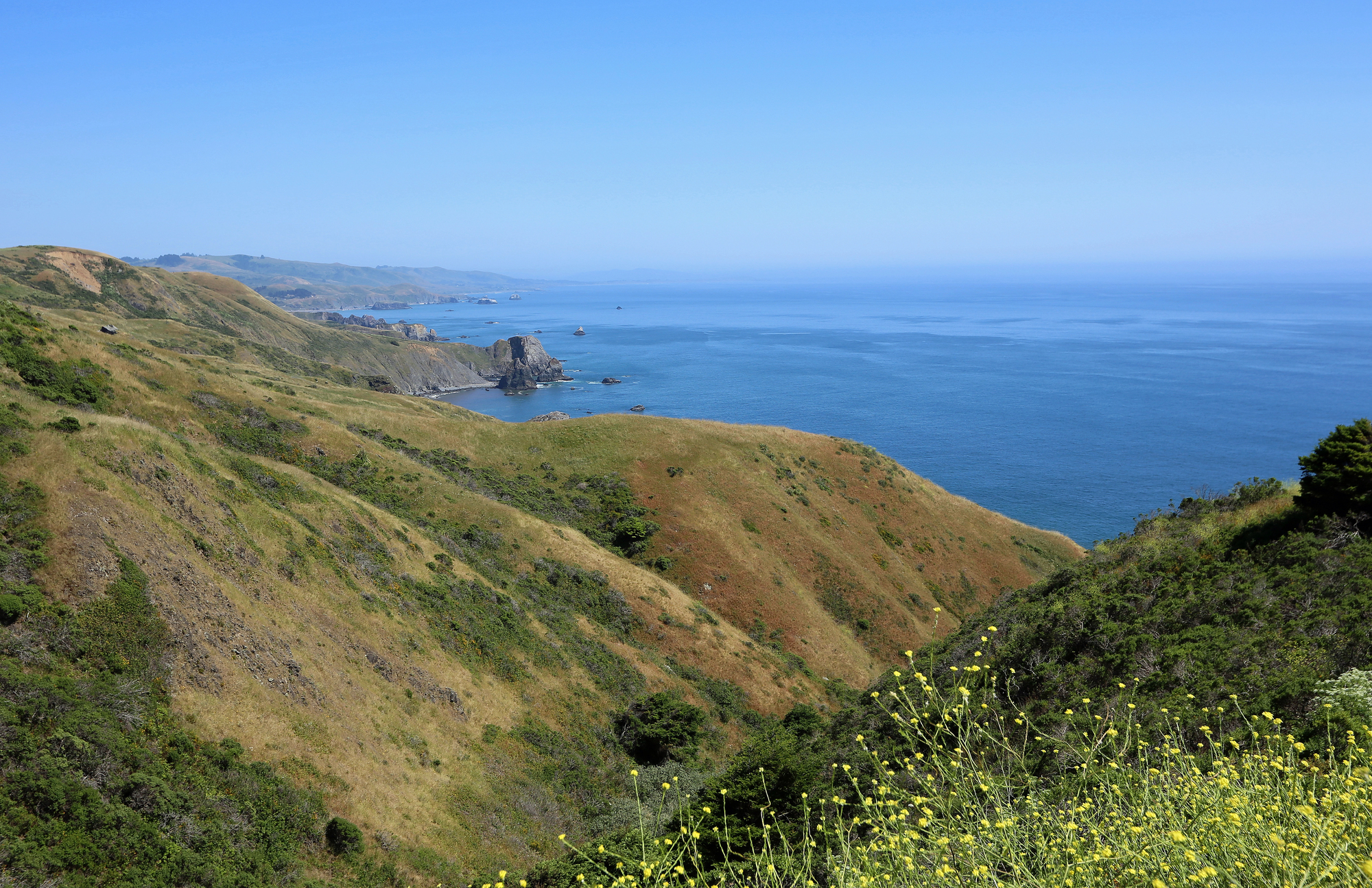
California’s Sonoma Coast stretches along 17 miles of rugged Pacific coastline, creating one of the most dramatic wine regions in North America, where Pinot Noir and Chardonnay thrive in the cool, foggy conditions. The trail winds through vineyards that sit just miles from crashing waves, though some properties actually overlook the ocean from their tasting rooms.
What makes this region special is how the marine layer rolls in each evening, naturally air-conditioning the grapes and creating wines with incredible balance and complexity.
Santa Barbara County Wine Trail
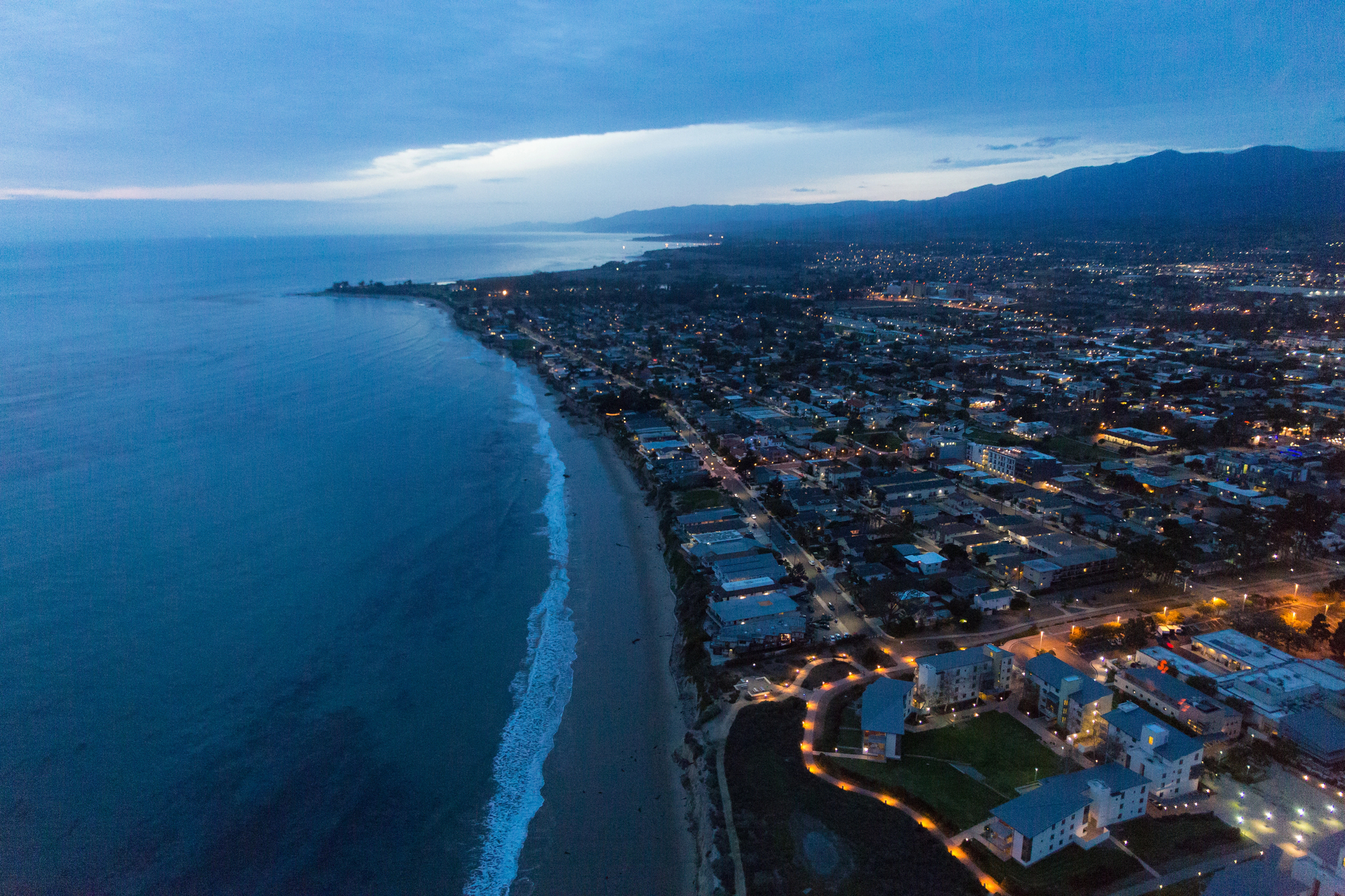
Santa Barbara’s unique east-west valleys funnel cool Pacific air directly into wine country—creating perfect conditions for Burgundian varieties that struggle in warmer inland regions. The Sta. Rita Hills and Santa Maria Valley AVAs produce world-class Pinot Noir and Chardonnay, while the Santa Ynez Valley offers everything from Syrah to Sauvignon Blanc.
Visitors can taste award-winning wines while enjoying views of rolling hills that lead directly to the Pacific, just 20 miles away.
Mendocino Coast Wine Trail
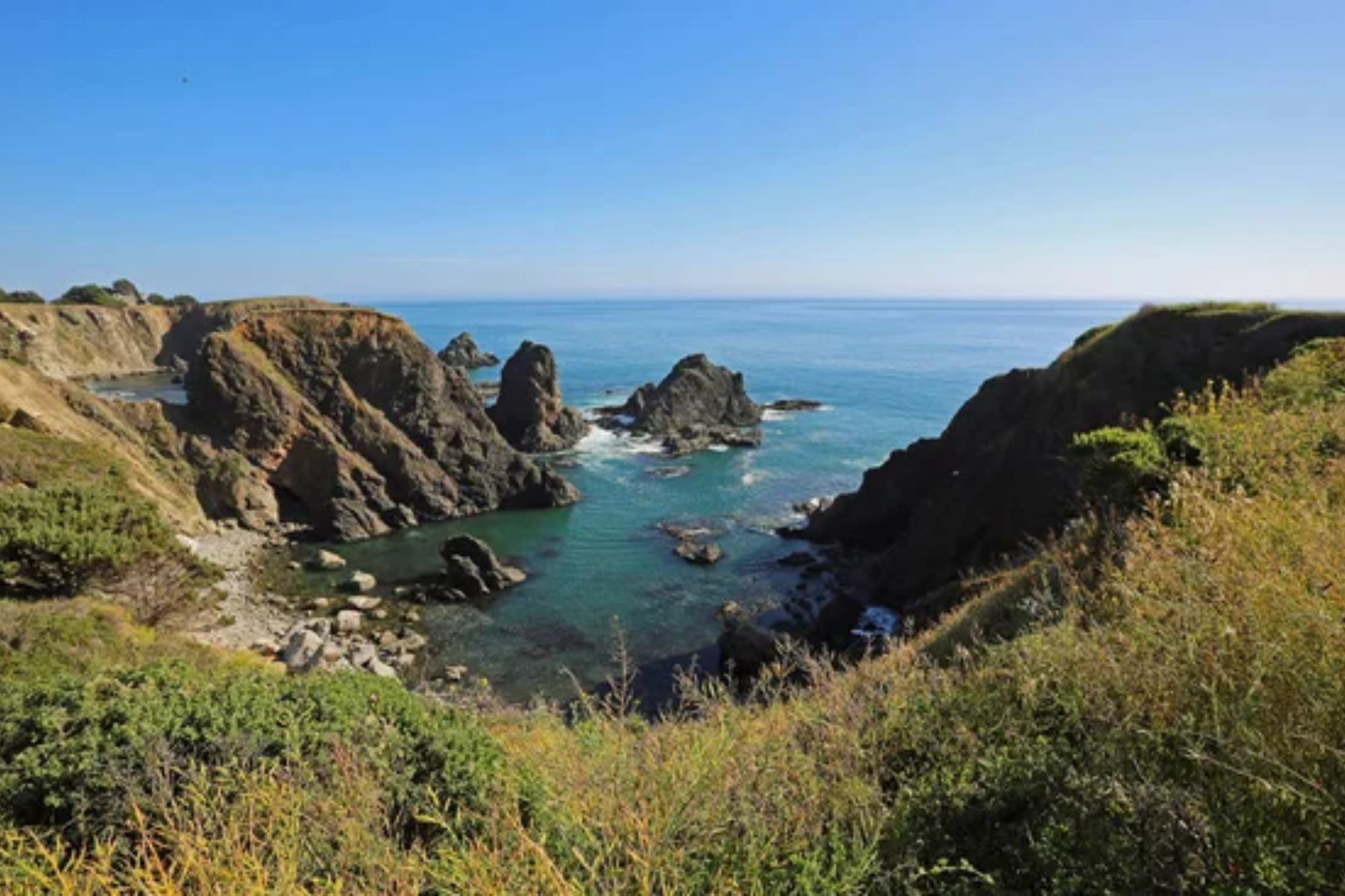
Northern California’s Mendocino Coast combines dramatic clifftop scenery with intimate family wineries—many of them pioneering organic and biodynamic farming practices decades before it became trendy. The Anderson Valley’s cool climate produces exceptional sparkling wines and elegant Pinot Noirs, while coastal vineyards near the town of Mendocino offer tastings with literal ocean views.
The region’s commitment to sustainable farming creates wines that truly express their maritime terroir.
Like Travel Pug’s content? Follow us on MSN.
Central Coast Wine Trail
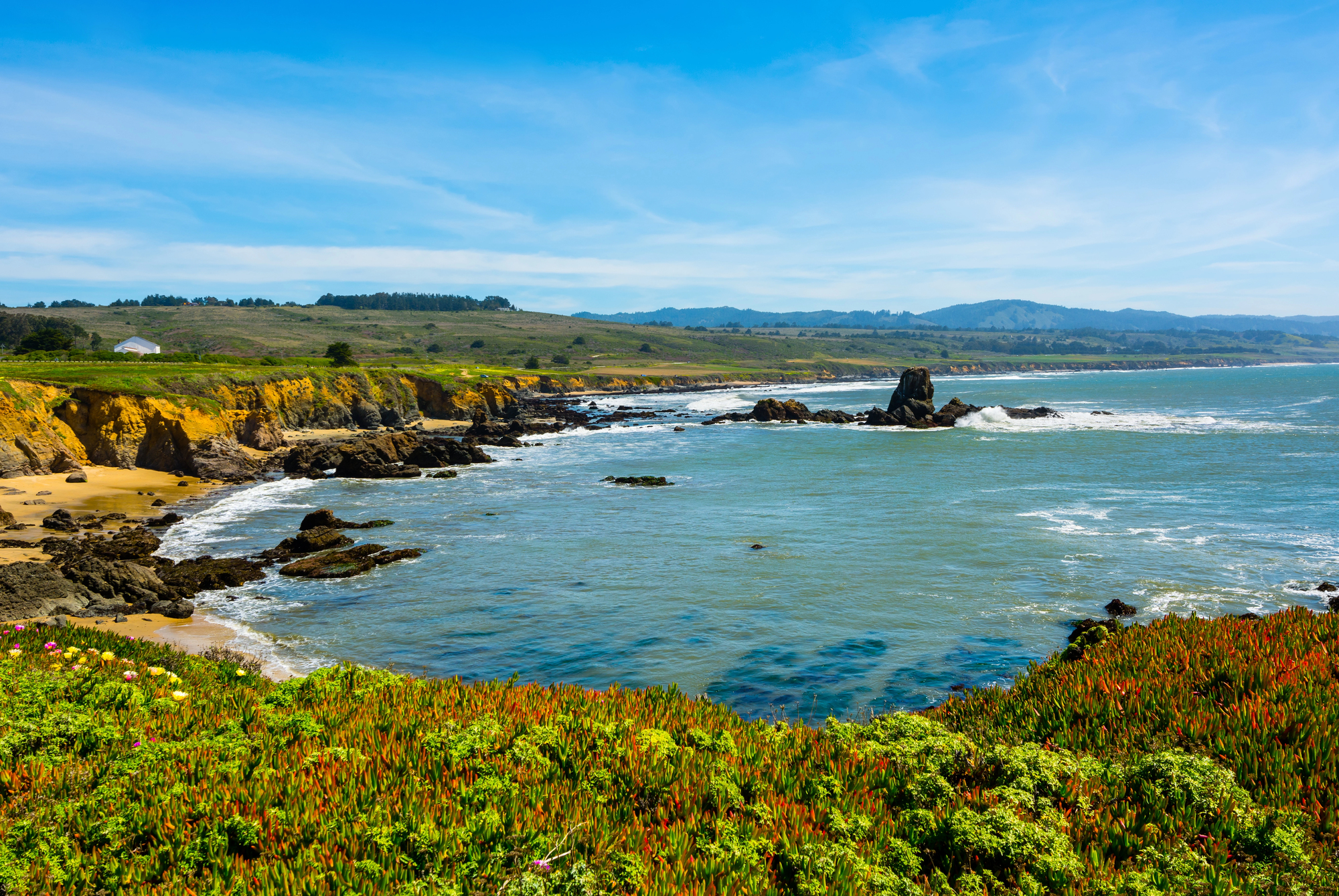
California’s Central Coast encompasses multiple AVAs from Santa Cruz down to Santa Barbara, creating a diverse wine trail that showcases how ocean influence varies with geography and elevation. Monterey County’s vineyards experience daily temperature swings of 40–50 degrees thanks to marine breezes, while Paso Robles’ western edge gets just enough coastal influence to moderate its warmer climate.
This trail offers everything from cool climate Rieslings to robust Rhône-style blends, all shaped by Pacific proximity.
Oregon Coast Wine Trail
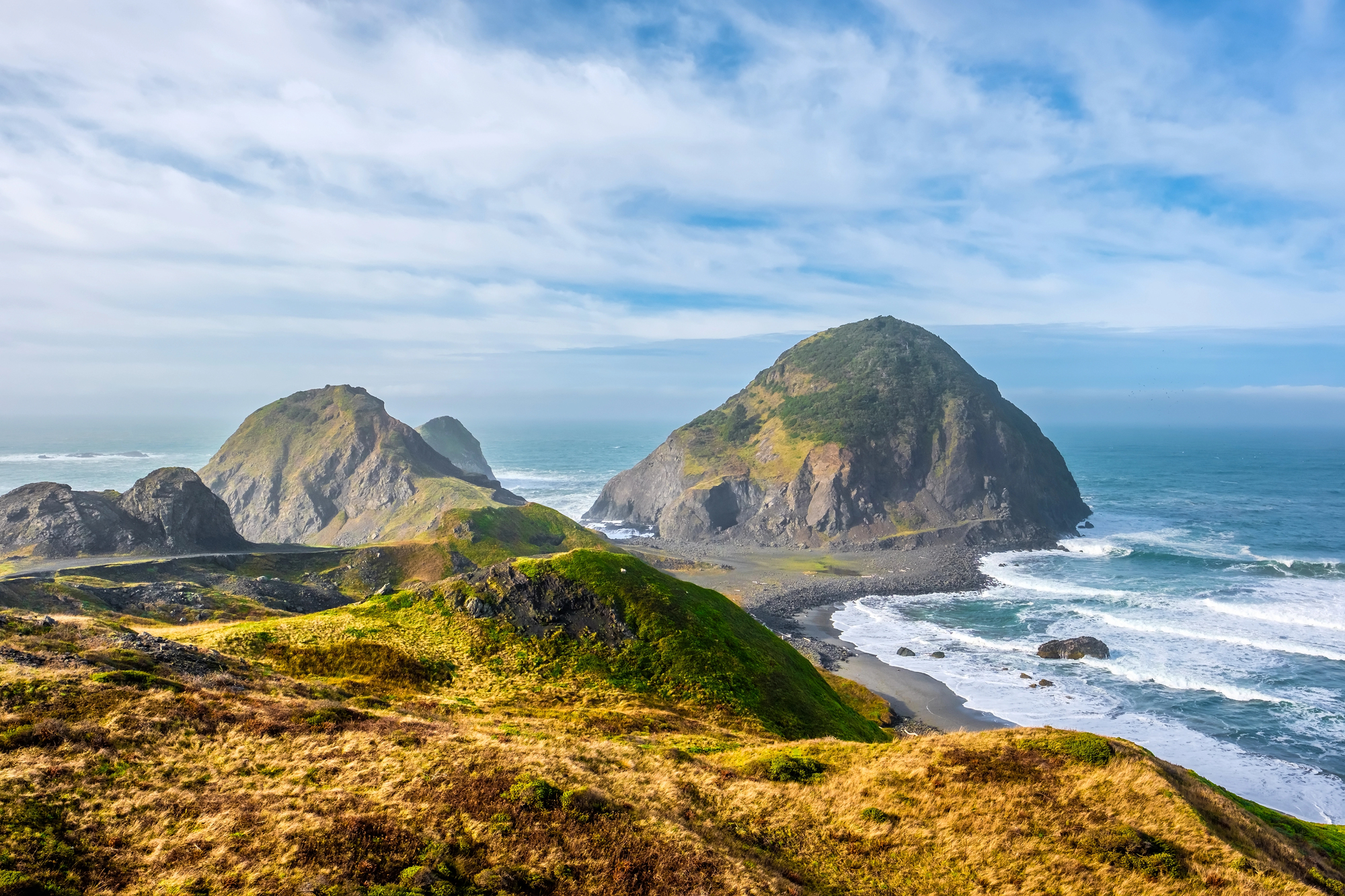
Oregon’s emerging coastal wine scene takes advantage of the state’s cool, wet climate, producing distinctive wines in unlikely locations like the Umpqua Valley and Southern Oregon’s coastal mountains. Small family wineries create limited-production bottles that capture the essence of Oregon’s maritime terroir, from crisp whites to earthy Pinot Noirs.
What’s remarkable is how these producers are proving that great wine can be made in regions previously considered too cool or wet for viticulture.
Long Island Wine Trail

New York’s Long Island sits surrounded by water, with the Atlantic Ocean to the south and Long Island Sound to the north, creating a unique microclimate that extends the growing season well into fall. The North Fork and Hampton regions produce excellent Merlot, Cabernet Franc, and Chardonnay that rival wines from much more famous regions.
Visitors can taste wines while enjoying views of vineyards that stretch toward beaches and harbors, creating a distinctly East Coast wine experience.
Like Travel Pug’s content? Follow us on MSN.
Finger Lakes Wine Trail
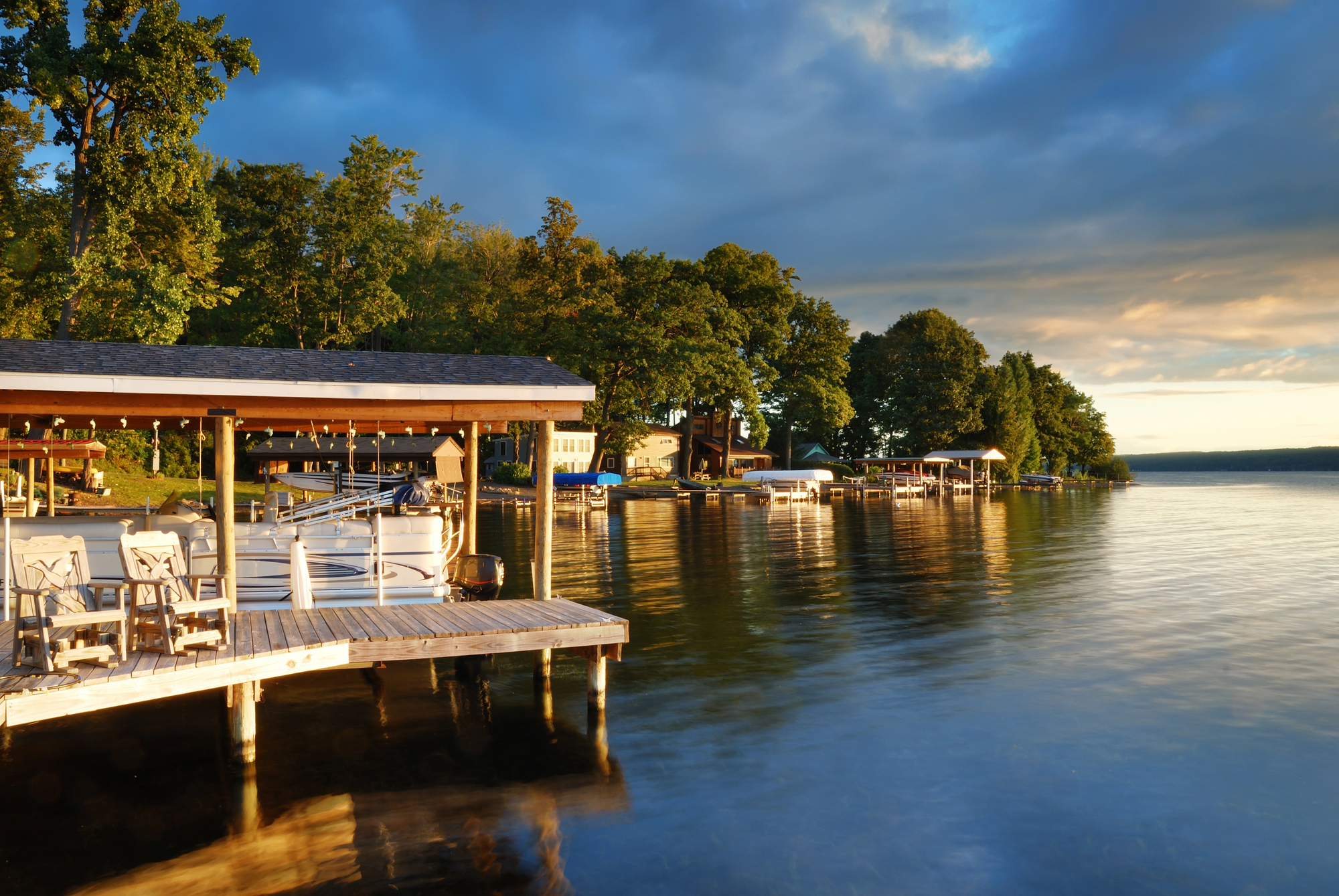
While not technically coastal, New York’s Finger Lakes create their own maritime influence, with deep glacial lakes moderating temperatures and extending growing seasons in ways similar to ocean proximity. The region produces world-class Rieslings and increasingly impressive red wines, all shaped by the thermal mass of these massive inland bodies of water.
The trail offers stunning lake views from hillside vineyards that demonstrate how large bodies of water influence wine quality.
Lake Michigan Shore Wine Trail
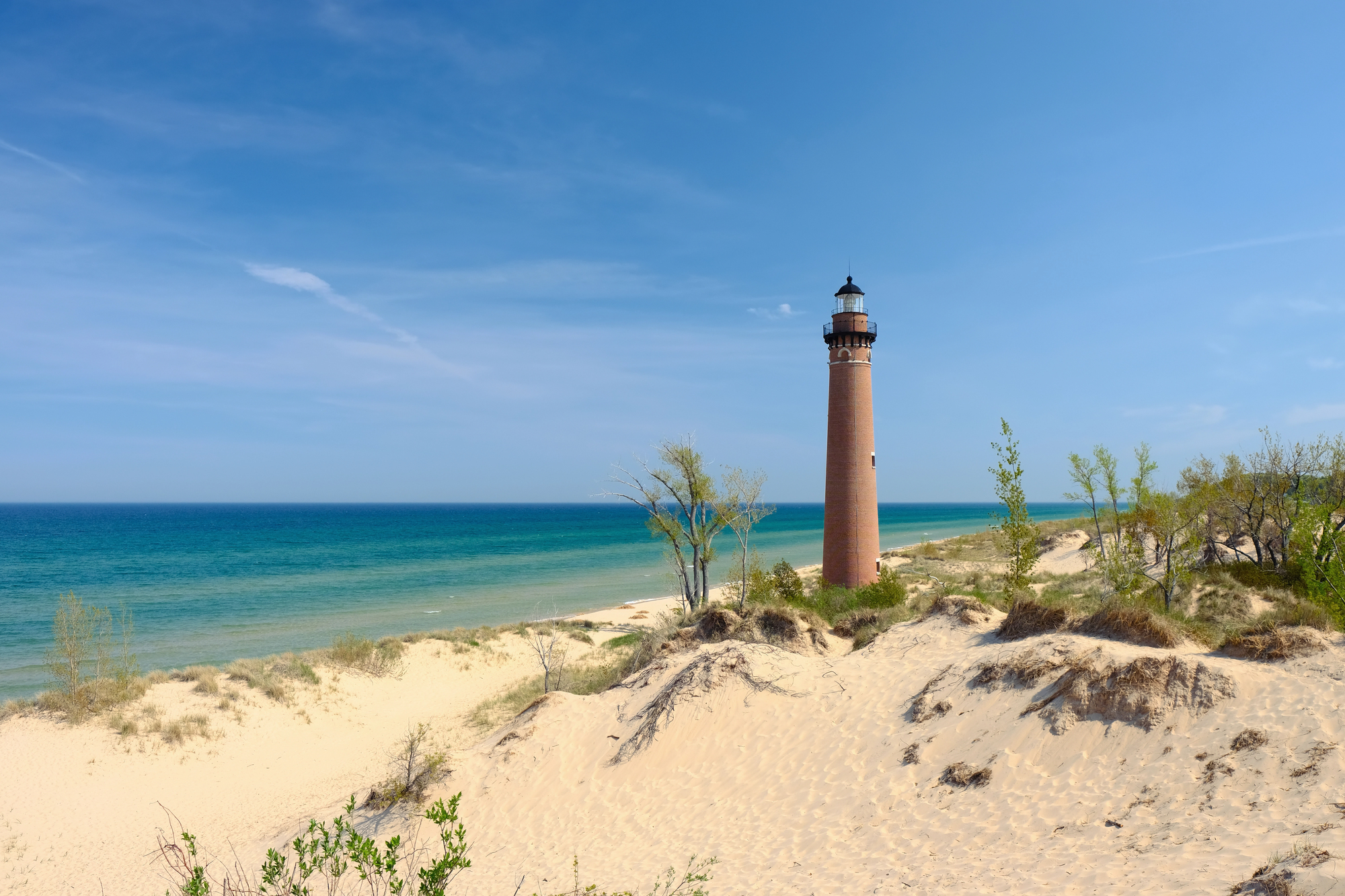
Michigan’s western coastline benefits from Lake Michigan’s massive thermal mass, which moderates temperatures and creates growing conditions similar to coastal wine regions, despite being hundreds of miles from any ocean. The region produces surprising Pinot Noir, Riesling, and even some Cabernet Franc that showcase how Great Lakes maritime influence affects wine character.
Visitors can taste wines while enjoying actual beach views, proving that coastal wine experiences don’t require salt water.
Prince Edward County Wine Trail
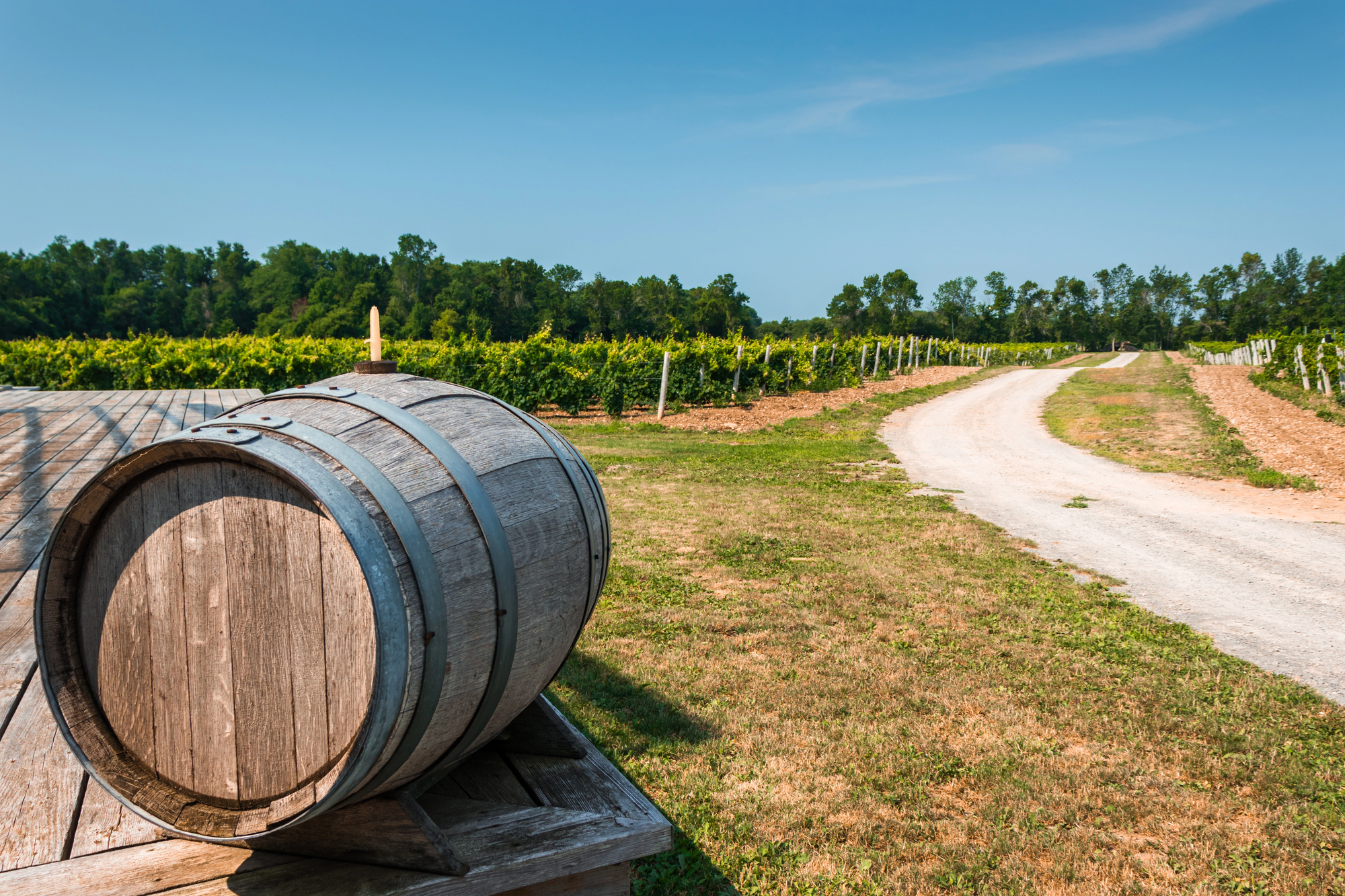
Ontario’s Prince Edward County sits on a limestone peninsula surrounded by Lake Ontario—creating a unique terroir that combines maritime influence with mineral-rich soils perfect for cool climate varieties. The region produces exceptional Pinot Noir, Chardonnay, and sparkling wines that reflect both the moderating lake influence and the area’s distinctive geology.
This trail offers a Canadian perspective on how large bodies of water shape wine character and regional identity.
Like Travel Pug’s content? Follow us on MSN.
Nova Scotia Wine Trail
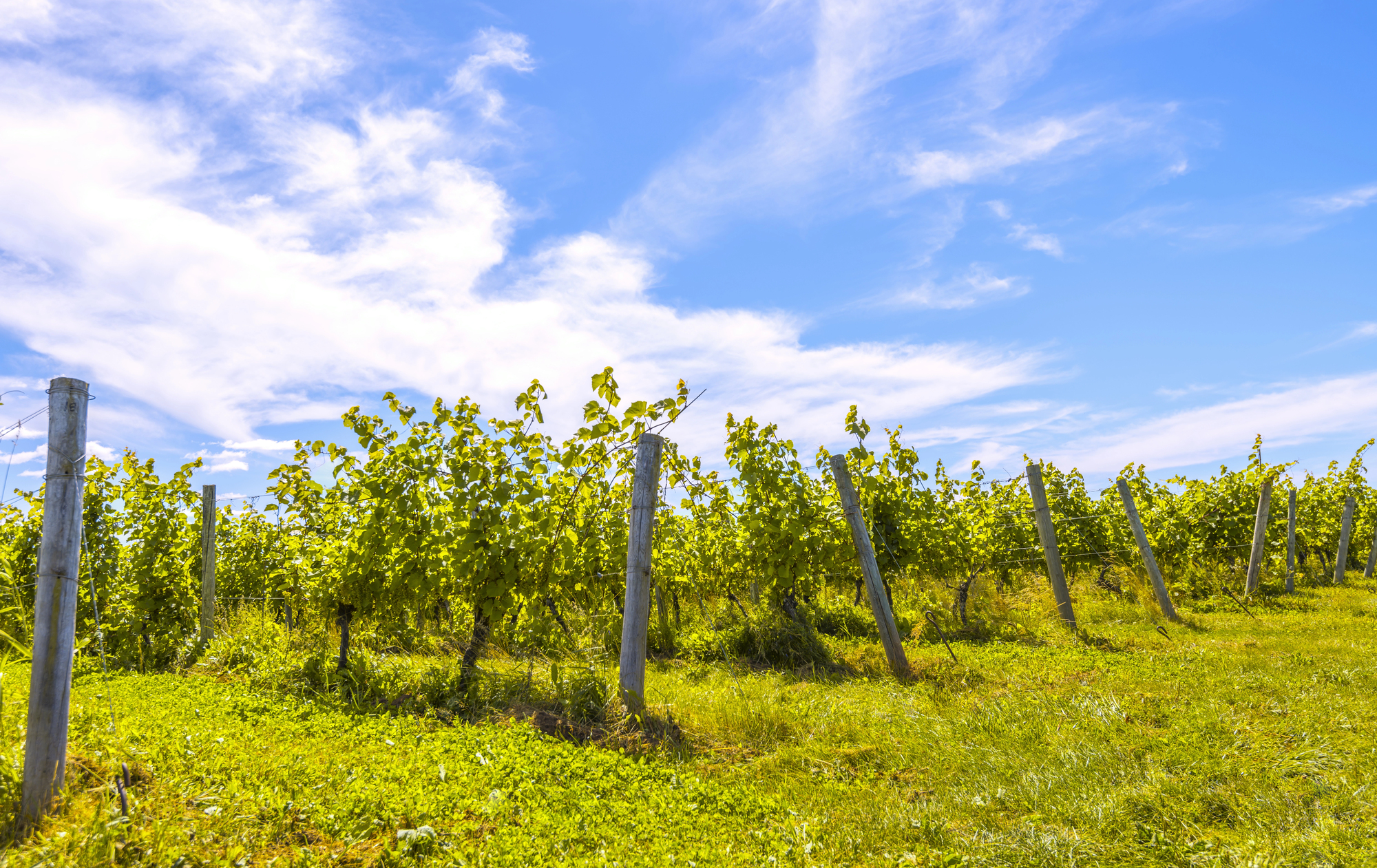
Canada’s Maritime provinces are pioneering cold-climate viticulture—with Nova Scotia’s Annapolis Valley and other coastal regions producing wines that capture the essence of true maritime terroir. The cool growing season and ocean influence create wines with bright acidity and distinctive mineral character, particularly in varieties like L’Acadie Blanc and other hybrid grapes developed for harsh climates.
These wineries prove that wine regions can exist in places most people would consider impossible for grape growing.
Tasmania Wine Trail
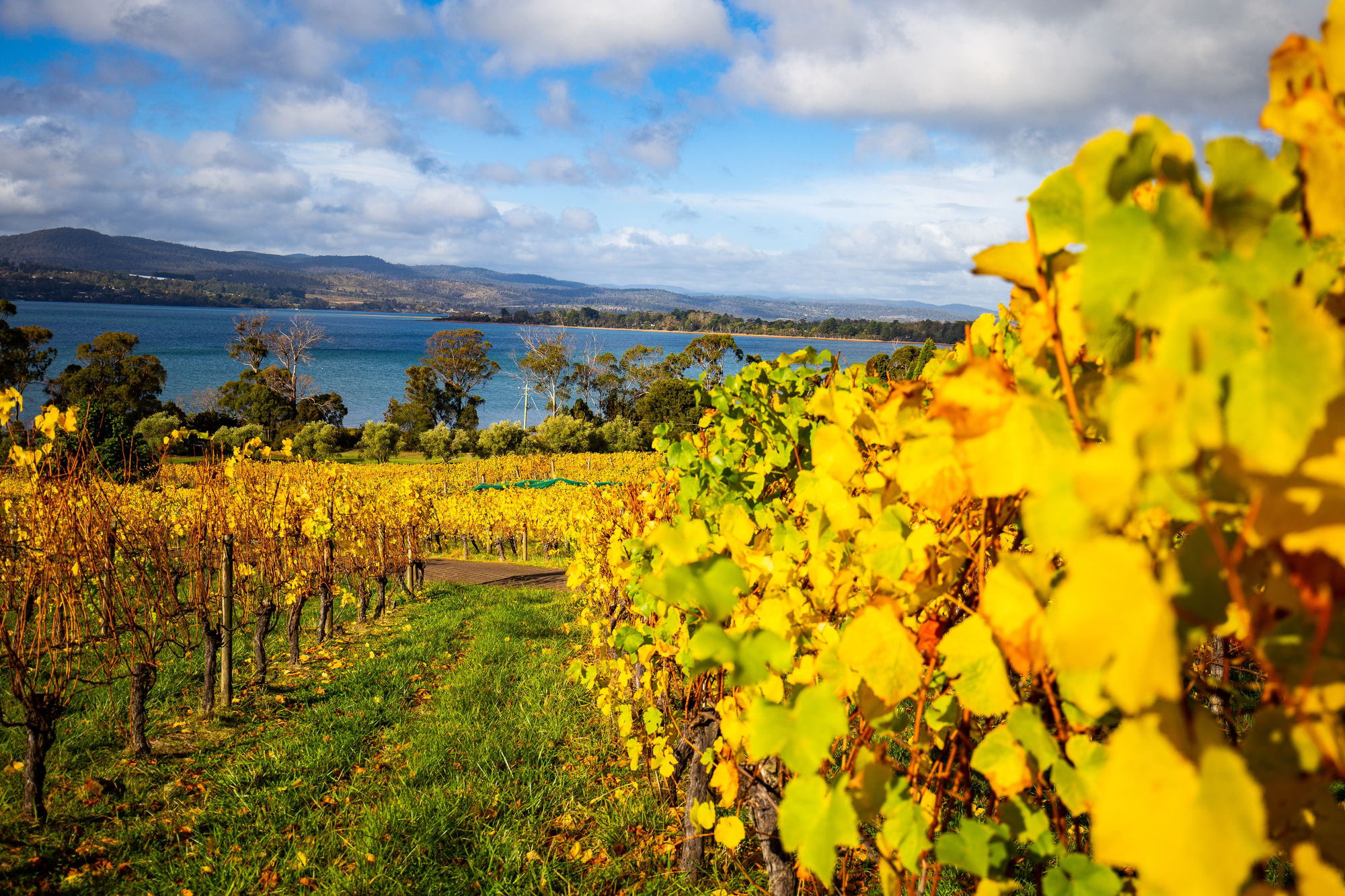
Australia’s island state of Tasmania benefits from the Southern Ocean’s cooling influence, creating ideal conditions for Pinot Noir, Chardonnay, and sparkling wine production. The Tamar Valley and Coal River Valley produce wines with elegance and finesse that reflect the island’s unique maritime climate.
Visitors can experience some of the Southern Hemisphere’s most distinctive cool climate wines while enjoying views of landscapes shaped by centuries of ocean influence.
Margaret River Wine Trail
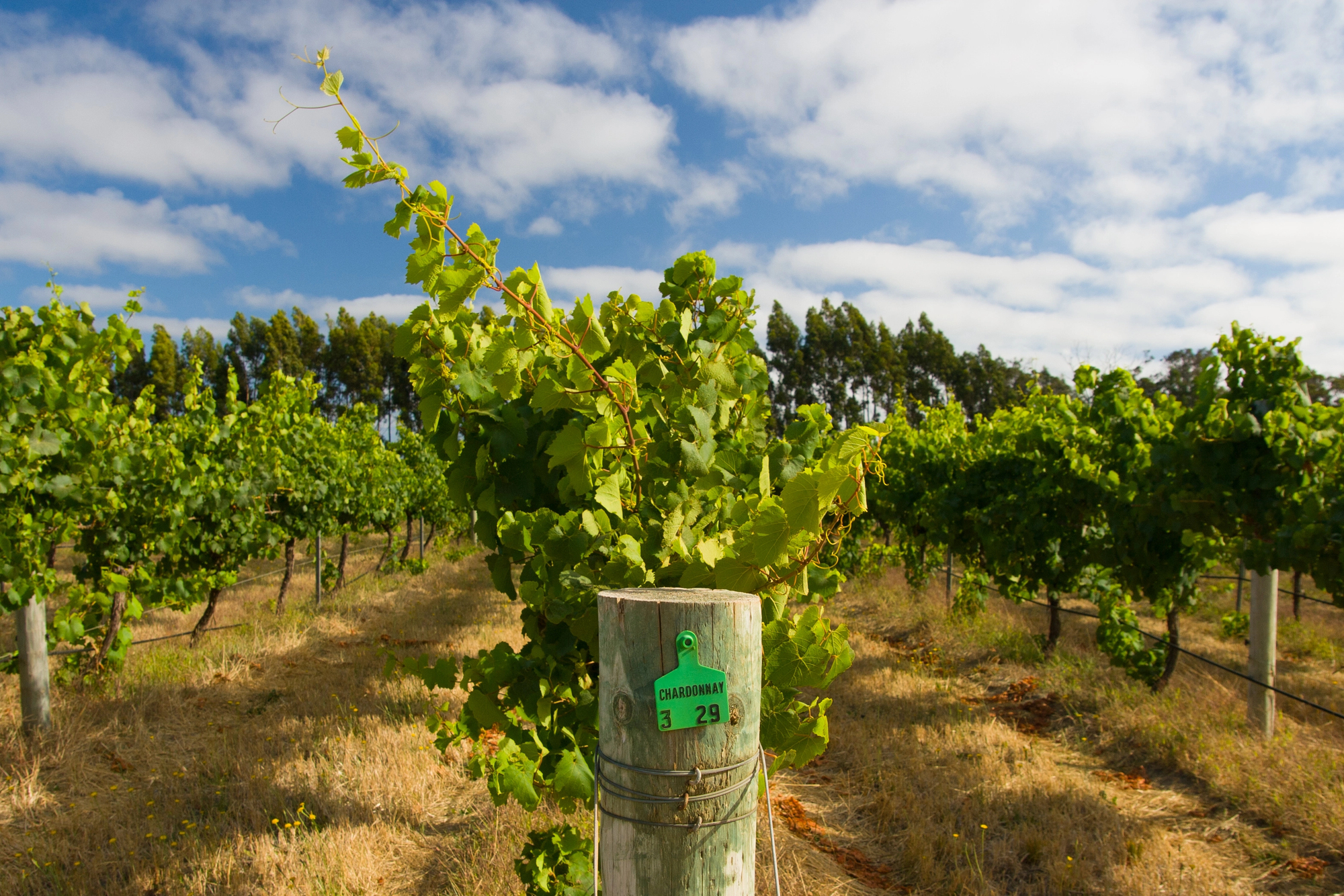
Western Australia’s Margaret River region sits between the Indian and Southern Oceans, creating a Mediterranean climate perfect for Bordeaux varieties and Chardonnay. The region produces world-class Cabernet Sauvignon and Sauvignon Blanc-Semillon blends that showcase how ocean proximity affects wine structure and aging potential.
This trail combines surfing beaches with serious wine tasting, offering a uniquely Australian combination of coastal lifestyle and wine culture.
Like Travel Pug’s content? Follow us on MSN.
Marlborough Wine Trail
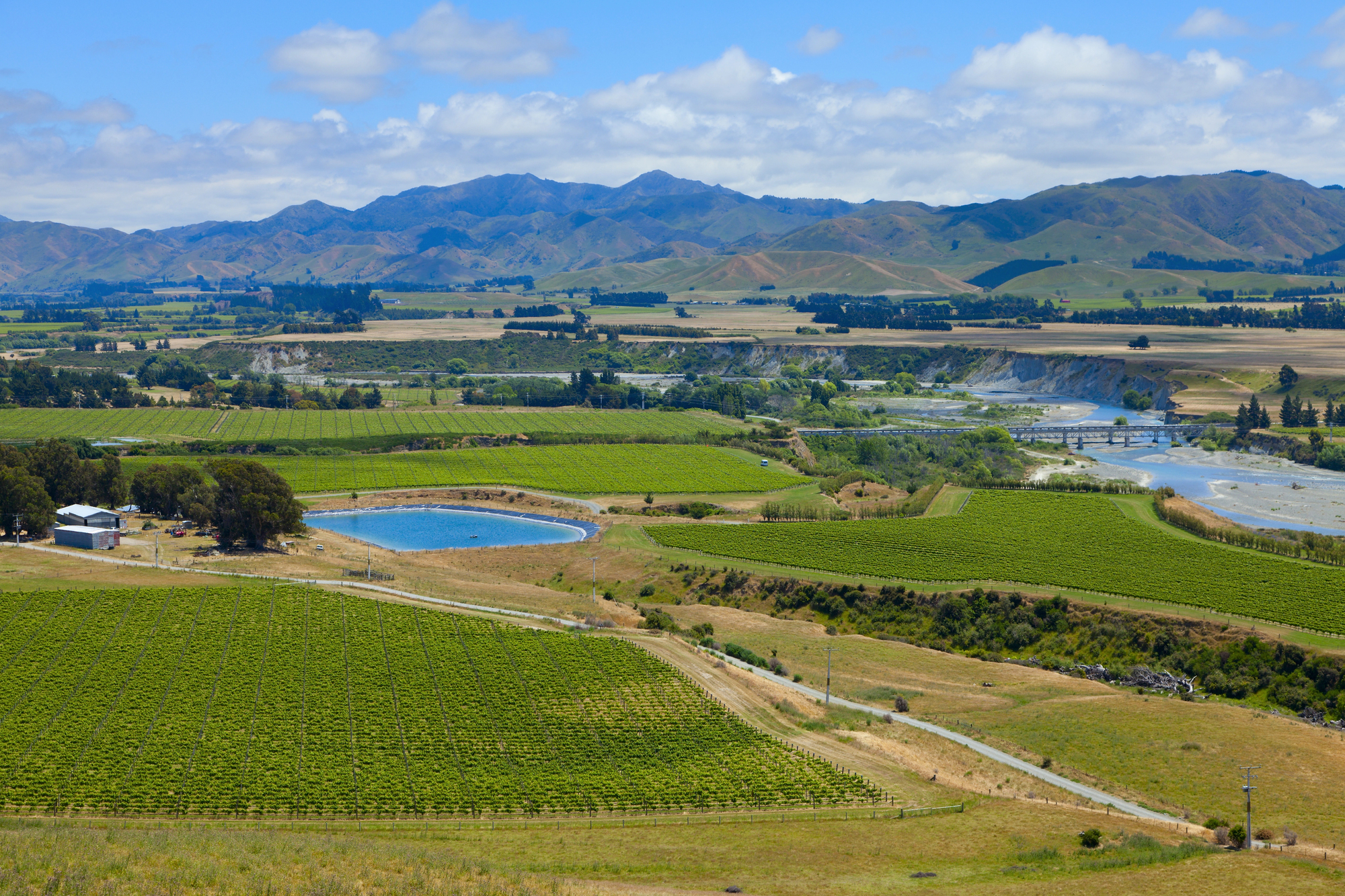
New Zealand’s Marlborough region transformed global Sauvignon Blanc expectations with wines that capture the essence of maritime terroir in every bottle. The region’s position between mountains and sea creates perfect growing conditions for aromatic whites and increasingly impressive Pinot Noir.
Visitors can taste wines that literally smell like the sea breeze while enjoying views of vineyards that stretch toward distant mountains and coastal plains.
Walker Bay Wine Trail
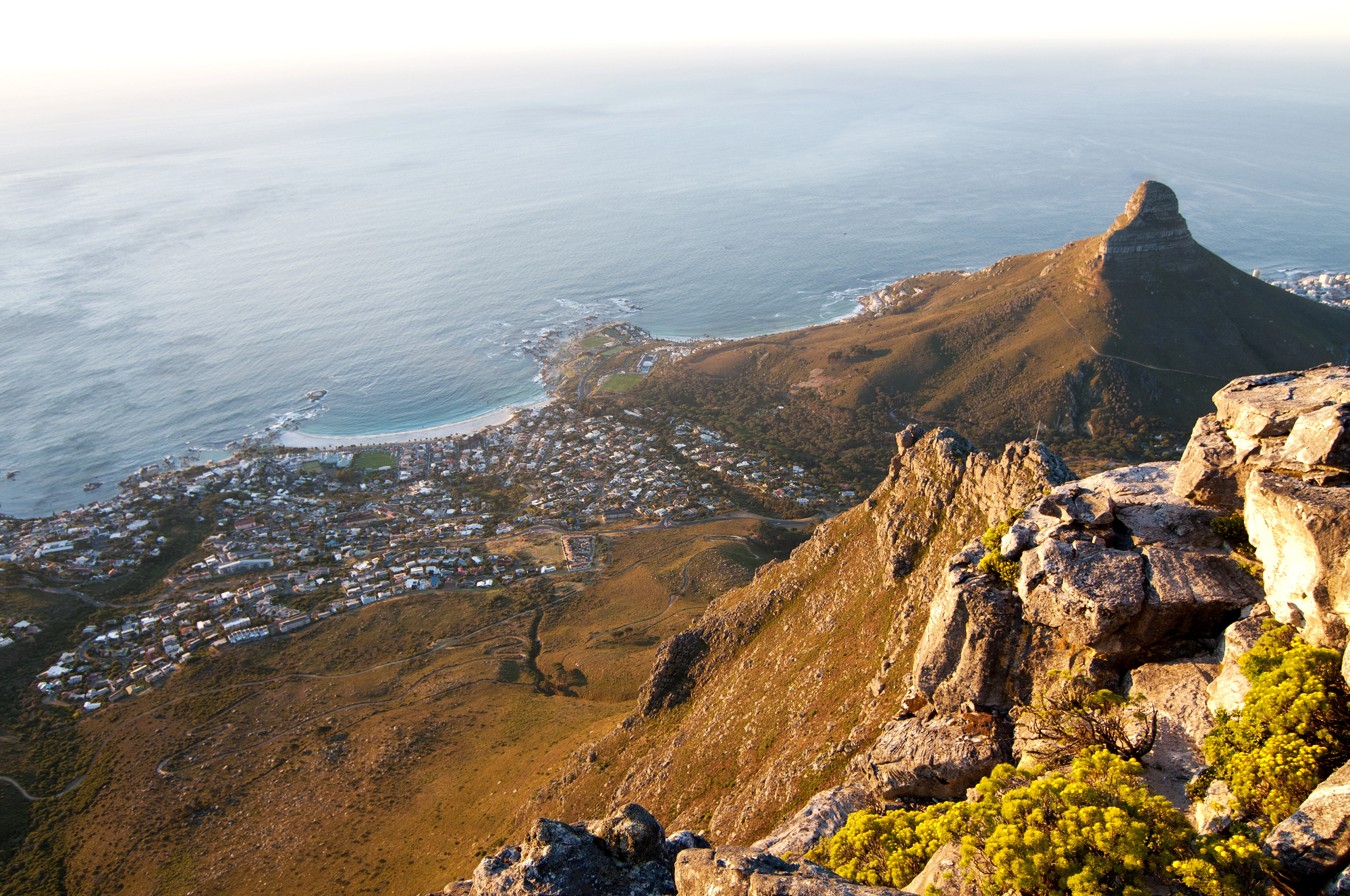
South Africa’s Walker Bay region near Hermanus produces exceptional cool climate wines thanks to the Benguela Current’s cooling influence from the Atlantic Ocean. The region specializes in Pinot Noir and Chardonnay that rival Burgundian examples, while offering visitors the chance to combine wine tasting with whale watching during migration season.
This trail demonstrates how Southern Hemisphere coastal regions can produce wines with Old World elegance and New World innovation.
Casablanca Valley Wine Trail
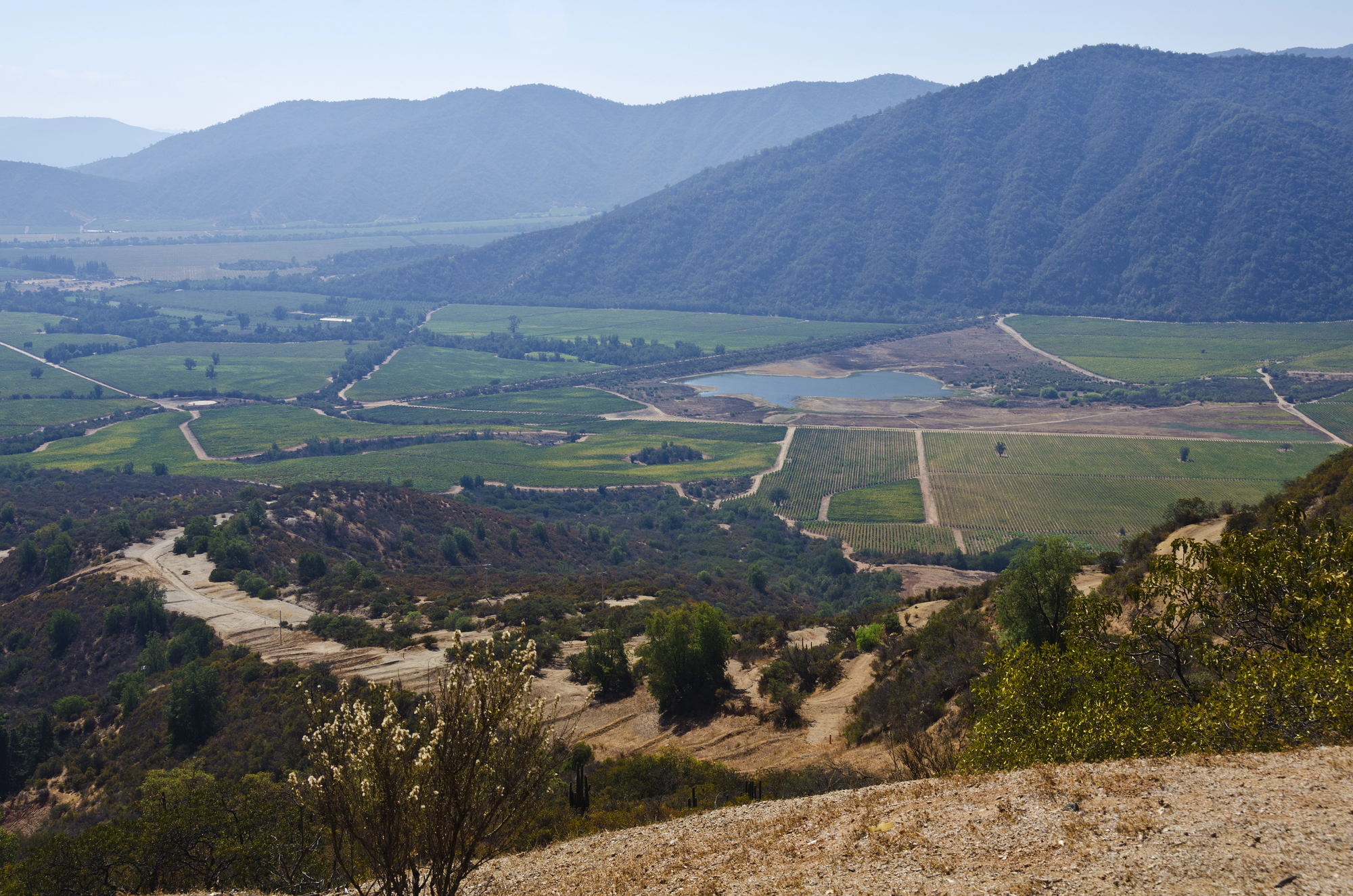
Chile’s Casablanca Valley sits just 30 miles from the Pacific Ocean, receiving daily cooling breezes that make it perfect for white wine production in an otherwise warm climate. The region produces exceptional Sauvignon Blanc and Chardonnay that showcase how ocean influence can create cool climate conditions even in relatively warm latitudes.
Visitors experience wines that capture the essence of Chilean coastal terroir while enjoying views of vineyards backed by the Andes Mountains.
Like Travel Pug’s content? Follow us on MSN.
Rias Baixas Wine Trail
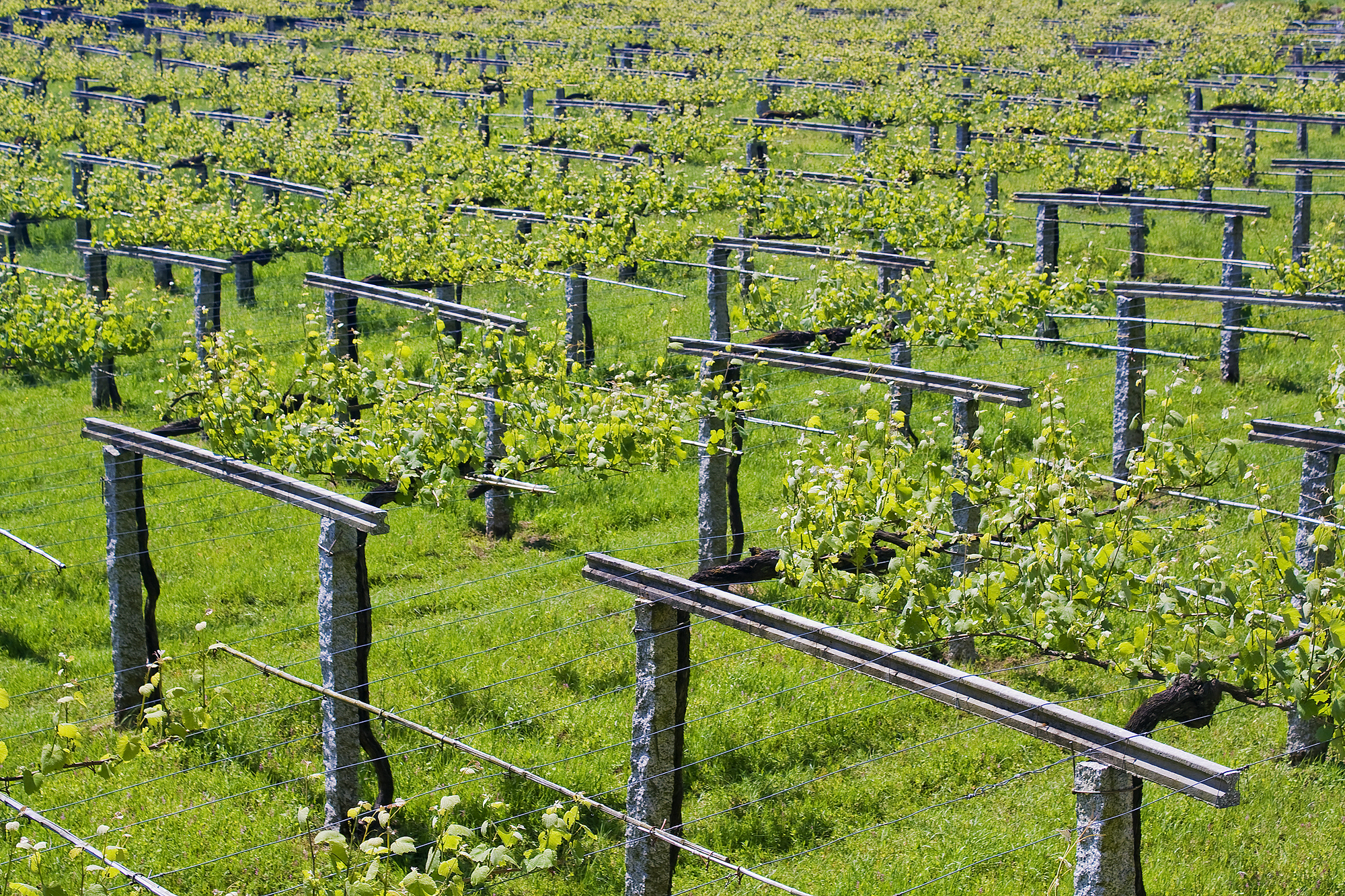
Spain’s Rias Baixas region in Galicia produces the country’s most distinctive white wines, with Albariño grapes thriving in the Atlantic’s cooling influence. The region’s unique combination of granite soils and maritime climate creates wines with bright acidity and mineral complexity that pair perfectly with the local seafood.
This trail offers visitors a chance to experience Spanish wine culture in a setting that feels more like coastal Portugal than a traditional Spanish wine country.
Vinho Verde Wine Trail
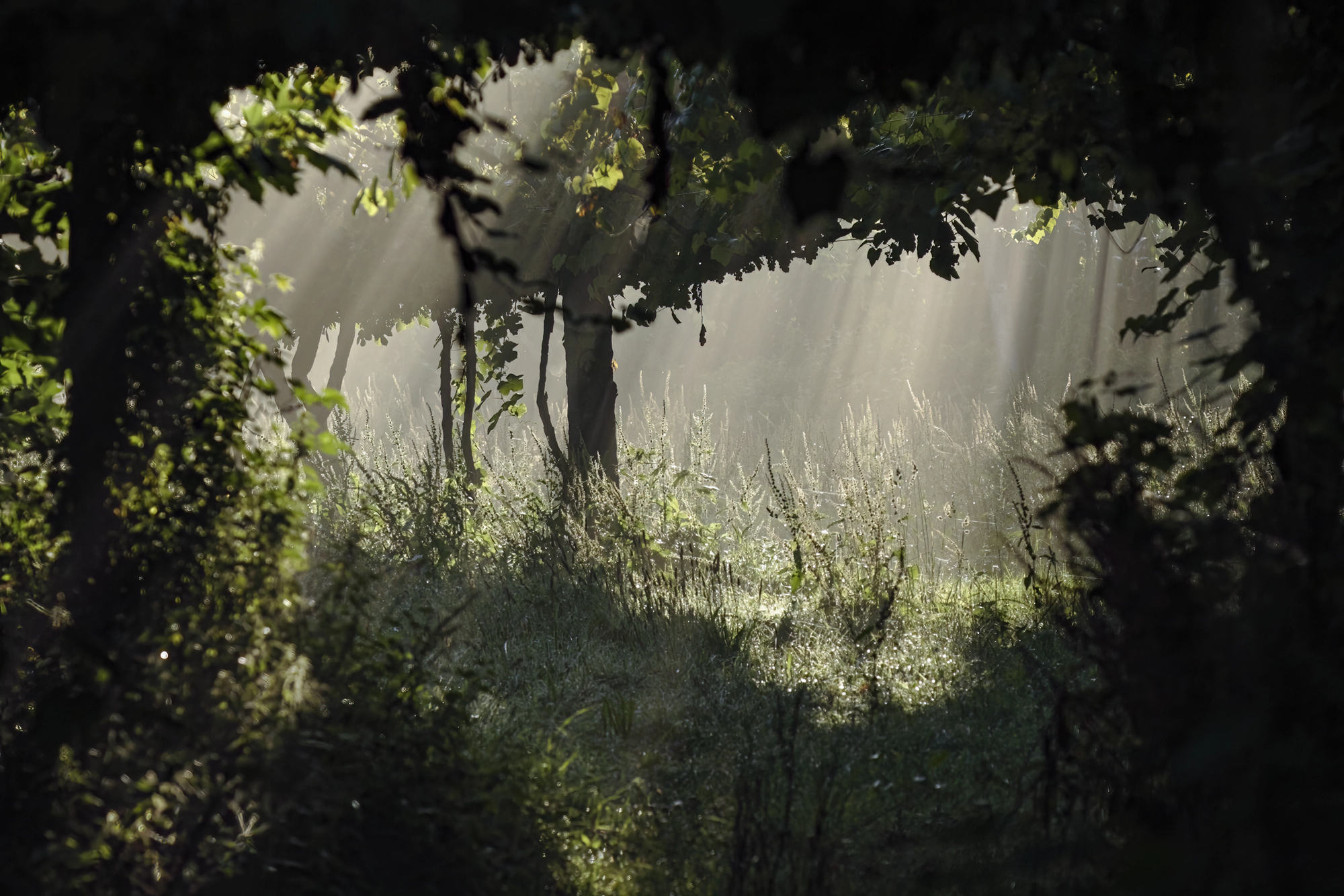
Portugal’s Vinho Verde region stretches along the Atlantic coast, producing light, refreshing wines that capture the essence of maritime terroir in every effervescent sip. The region’s cool, wet climate creates wines with natural freshness and low alcohol that reflect centuries of adaptation to coastal conditions.
Visitors can taste wines that literally taste like ocean breezes while exploring one of Europe’s most distinctive and traditional wine regions.
Where Ocean Meets Vine
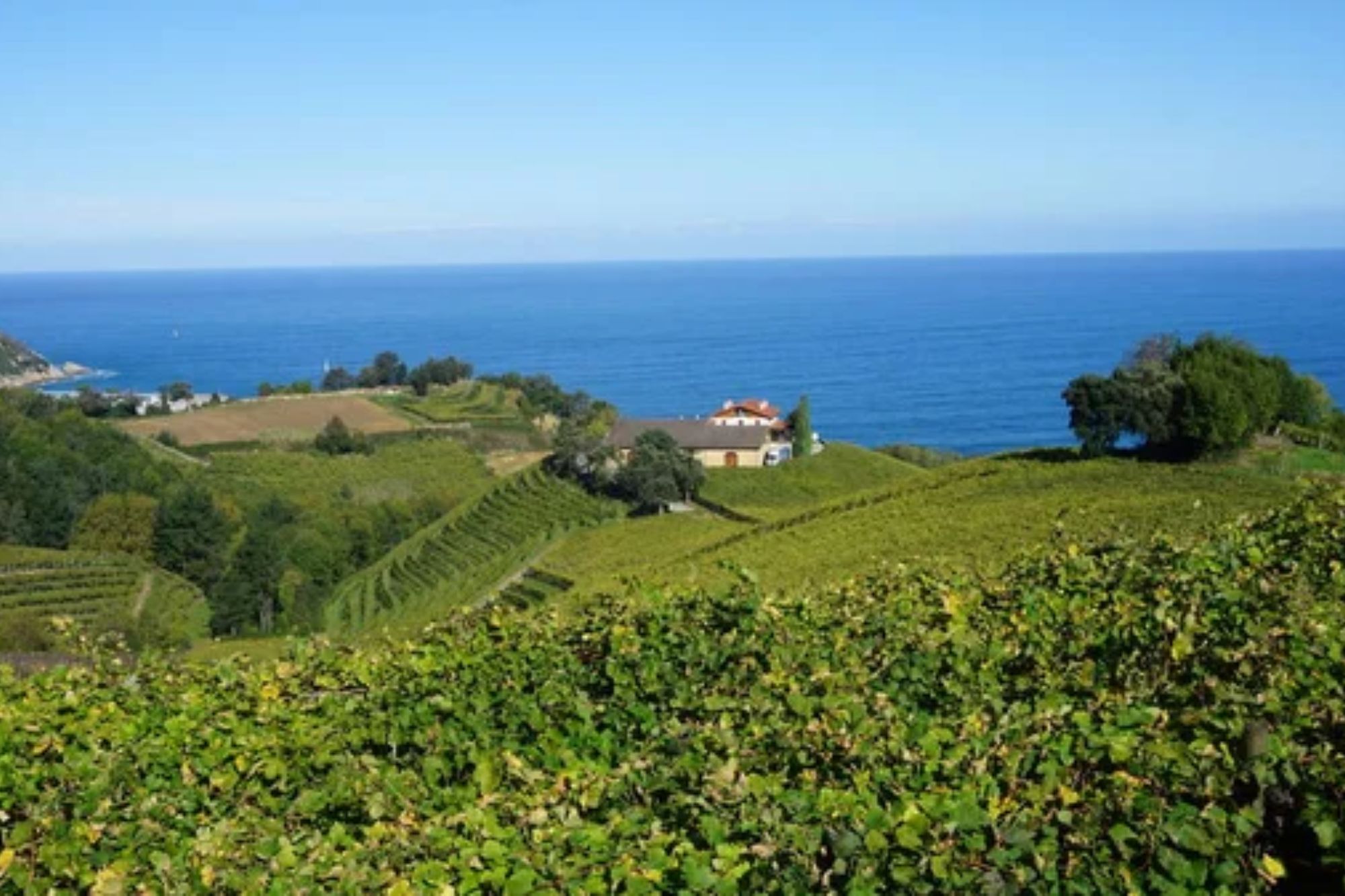
These coastal wine trails represent more than just scenic destinations for weekend getaways or romantic escapes. They showcase how geography shapes flavor, how climate creates character, and how the marriage of land and sea produces wines that simply can’t be replicated anywhere else on Earth.
Each region tells the story of winemakers who’ve learned to work with ocean breezes rather than against them, creating wines that capture not just grape flavors but the very essence of their maritime environment. As climate change reshapes traditional wine regions, these coastal areas may well represent the future of fine wine production—places where cooling ocean influence becomes not just an advantage but a necessity for creating wines with the balance and elegance that great wines demand..
More from Travel Pug

- Cities Growing so Fast You Won’t Recognize Them in 10 Years
- 13 Destinations Where Tourists Regularly Regret Their Trip
- 16 U.S. Cities That Are Quietly Becoming Travel Hotspots
- Where to Travel If You Love Long Bus Rides and Daydreams
- 20 Cities Perfect for Solo Travelers Who Crave Adventure & Culture
Like Travel Pug’s content? Follow us on MSN.
